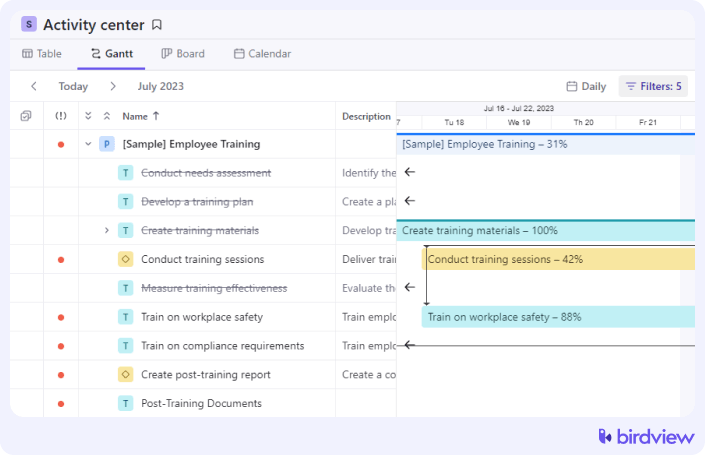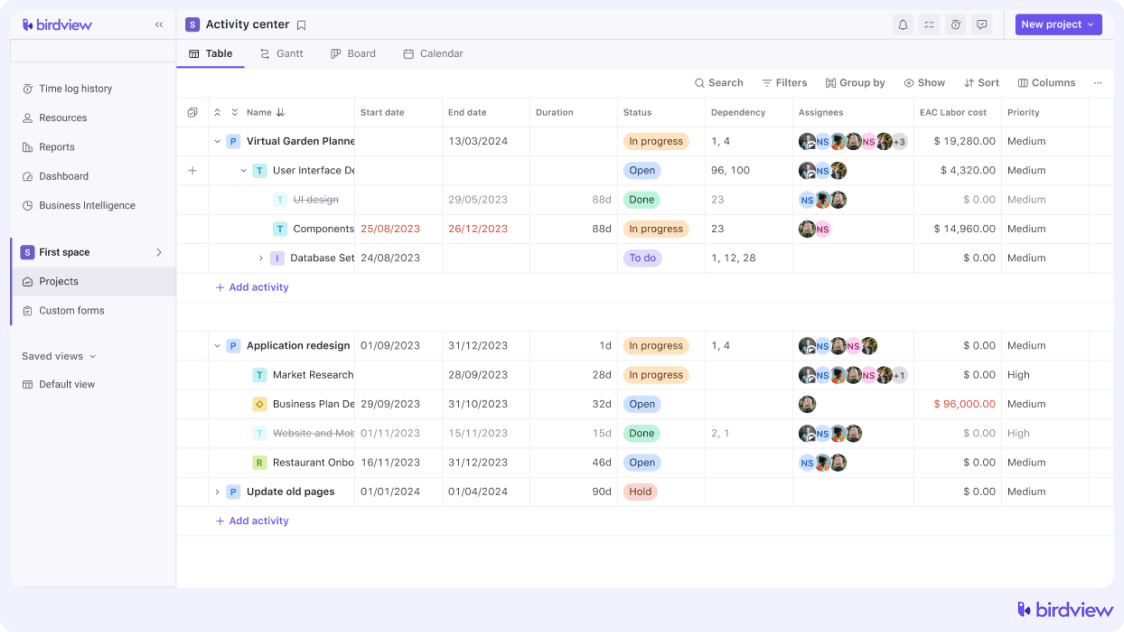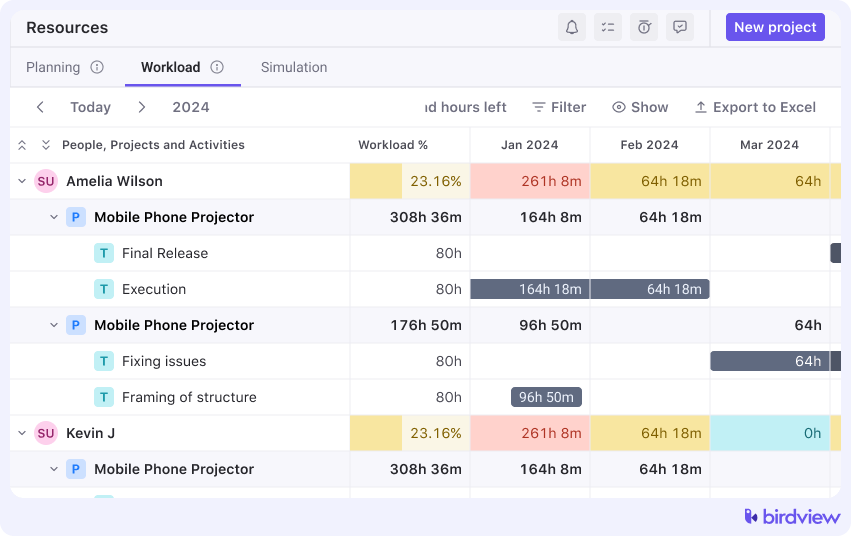Project managers sometimes pay more attention to factors such as leadership, communication, and employee motivation rather than factors like effort, project duration, employee and manager commitment, and integrity. Change management is not an easy task, but everyone can achieve the desired goals with the right tools. The DICE framework provides a structured approach to improve the odds of success by focusing on Duration, Integrity, Commitment, and Effort. This article explores how project managers can use the DICE framework to evaluate and enhance their change initiatives, ensuring better outcomes and stronger team alignment.
DICE is an acronym for duration, integrity, commitment, and effort. Not surprisingly, a management consulting firm once decided to create this framework to assist project managers in implementing change. The DICE framework was invented in the mid-1990s and is still used by many project managers.
As I said above, change management is hard, and as John Kotter, a famous author and change management guru, said in his book Leading Change, 70% of change fails.
This is rather depressing, right? Could we assume that we long for a change but hardly achieve it? Well, it depends on various factors. For example, there may be people who resist change, others may not be as enthusiastic about making the change as you are, your team may lack enough commitment, or they may not know how to make changes happen. In most cases, changes fail because project managers concentrate on factors like employee motivation rather than employee commitment and effort or concentrate more on leadership rather than project duration. Let us look closer at the four factors that influence change.

Duration
A project cannot last for a lifetime; it should have a beginning and an end. Hence, you can measure:
- The duration of the whole project
- The duration of various shorter projects within a bigger one
- The frequency of project reviews
Don‘t worry about longer projects. Sometimes, organizations believe that longer projects are more apt to fail. However, the trick is in the frequent reviews. The more frequently you review a project, the more chances you will have to succeed. For example, a complex project may require a monthly review, while a lighter one may need a bimonthly review. Your reviews should discuss significant achievements and/or challenges your team had rather than everyday tasks and difficulties. Also, make sure you do not consider one task only. Often, to reach a Project milestone, a team needs to perform a dozen of different tasks. Hence, concentrate on the milestone rather than on separate tasks.
When dealing with longer projects, it’s beneficial to establish clear milestones that can serve as checkpoints. This allows the team to celebrate small wins and re-assess the project direction at regular intervals. Moreover, incorporating feedback loops during these reviews can help in adjusting the project course in response to unforeseen challenges.

Using project management software can greatly aid in tracking these milestones and review frequencies. These tools can automate reminders for reviews, provide real-time data on progress, and offer a centralized platform where all project-related information is stored.
Integrity
This stands for your project team‘s performance integrity. Your team should possess the ability to complete projects on time. Besides, specific projects may require specific skill sets; hence, your team should be integral enough to display those skill sets. Team leaders should possess the following skills:
- The ability to make decisions
- The ability to resolve problems and conflicts
- The ability to organize stuff and set proper priorities
- Emotional intelligence
- Communicative competence
Clearly assign tasks, set deadlines, and track accountability to allow your team leaders to easily monitor who is responsible for what, and how well they are progressing, thereby helping to maintain high performance integrity throughout the project.

Commitment
Let us indicate your senior manager as C1 and your employees as C2. Both these groups are responsible for the change, so you need commitment from both sides.
A practical way to boost commitment is by aligning the project’s goals with personal and professional growth opportunities for your team. When employees see how the project contributes to their own success, their commitment level naturally increases. Regularly communicating the vision and how each team member‘s efforts contribute to the bigger picture can also strengthen commitment
Effort
The usual workload is not always enough to achieve awesomeness. Make sure your employees display effort in addition to their existing work responsibilities. Eliminating some of their regular work responsibilities can motivate your employees to change.
It’s crucial to recognize and reward the extra effort put in by team members. Even simple acknowledgments can go a long way in sustaining motivation and ensuring continuous effort. Additionally, balancing workloads to prevent burnout is key; consider rotating tasks or providing support resources during peak periods.

Calculating DICE
To calculate whether your change will be a success, you need to use an equation that includes all four factors. Each factor is graded either as 1, 2, 3, or 4. 1 is the best score, and 4 is the worst. For example, if you put 1 in front of ”duration” (D), it will mean your team is doing excellent in reaching deadlines and achieving milestones.
DICE Score = D + (2xI) + (2xC1) + C2 + E
Using the abovementioned equation, you may have a DICE score between 7 and 28. Here is how to see which scores are the best ones:
- If you get 7-14, then your project is a success
- If you get 14-17, then you are at risk of failure
- If you get 17 or more, be careful, as you are too near to losing the game
Never let a project reach 14-15. If you measure your DICE score and get these results, consider remodeling and altering your project immediately.
Of course, the DICE framework contains some bits of subjectivity, but you can use it in different ways that may benefit you. For example, you can use a DICE framework to:
- Compare two successive projects and see which one was more effective.
- Ensure that top management evaluates the ongoing project more frequently
- Encourage honest conversations between employees
- Track the progress of the change
- Help you pay proper attention to those projects that seem to underperform
- Achieve both organizational and operational changes
- Achieve improved behavior towards work both on the part of senior managers and employees
With the DICE framework, you can worry about the right things. For example, using DICE, a change leader and a typical employee will see that the usual workload may not be enough for change. Also, a senior leader will see that a project needs equal commitment from him/her and an employee.
Where to start?
- Assess each DICE element before launching a project to make the necessary adjustments (for example, find professionals with the required skill set and motivation)
- Use DICE only AFTER launching a project to identify the project‘s weaknesses and drawbacks.
- Consider ALL four DICE factors equally important
- Be as objective when grading the four factors as possible
- Do your best to win
When using a DICE framework for your change management initiative, make sure you are not afraid of change itself. Re-model your project after each formal review. This will help you identify risks earlier and prevent them from becoming drawbacks. Have you ever used a DICE framework? Where else would you advise using it? If you have the answers to these questions, please comment below.



